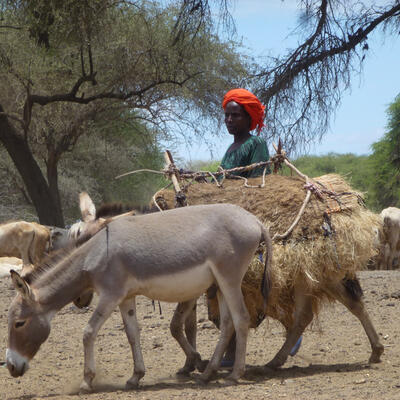
Defining new phenotypes for forage and crop residue improvement based on rumen function and greenhouse gas (GHG) emissions (UK-CGIAR)
This project aims to provide the underpinning knowledge to introduce new phenotypes for the improvement of forages and crop residues through plant breeding. It also combines expertise in plant breeding and ruminant nutrition within the partnership to develop and exploit new phenotypes for forages and crop residues in ruminant production systems.
Overview
This proof of principal (pilot) project will use already collected forage and by-product samples to develop and verify high throughput screens to estimate greenhouse gas (GHG) emissions and animal productivity in vitro. Following a successful proof of the principal project, we would seek to further verify our results, to extend the methodology to cover a wider range of by-products and forages, and establish partnerships and routes to markets through collaboration with seed producers, extension systems and animal producers. This would involve using the developed phenotyping tools to select material for further study initially in long termlong-term rumen simulating fermenters. This would allow , allowing us to verify the effect of different accessions on rumen function and GHG emissions over prolonged periods. Subsequently, animal trials will be used to confirm differences in productivity and GHG emissions.
Expected outcomes
- Development of new phenotypes in this proof of principle project.
- Verification of the phenotypes in both traditional in vitro assays and animal trials coupled with verification of the methodology in a wide range of forages and by-products in the follow-up research program.
- Integration of these techniques into existing forage and crop improvement programs including integration, uptake, and acceptance across the supply chain.





